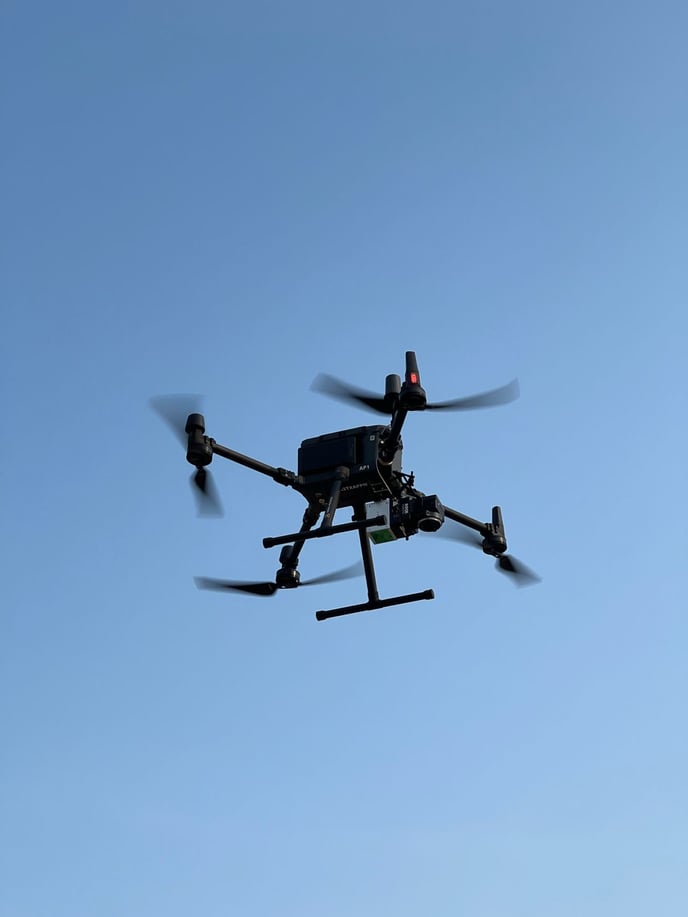How do drones fly?
The physics behind drone flight involves the principles of aerodynamics, propulsion, and control. The ability to generate lift and thrust and use control surfaces and advanced sensors allow drones to fly.
 Drones, or unmanned aerial vehicles (UAVs), are becoming increasingly popular for a variety of applications, such as aerial photography, surveying, and search and rescue missions. But how do the devices fly?
Drones, or unmanned aerial vehicles (UAVs), are becoming increasingly popular for a variety of applications, such as aerial photography, surveying, and search and rescue missions. But how do the devices fly?
Aerodynamics
Aerodynamics studies how air interacts with solid objects as they move through it. For a drone to fly, it must generate lift, which is the force that opposes the drone's weight and holds it in the air. This is achieved through the shape and angle of the drone's wings, designed to create a difference in air pressure above and below the wing. As the drone moves forward, the air flowing over the wing creates a lower pressure area above the wing and a higher pressure area below it, resulting in an upward force known as lift.
Propulsion
In addition to lift, drones must also generate thrust to move forward. This is achieved through the use of propellers or rotors, which are powered by an electric motor or internal combustion engine. The spinning of the propellers creates a forward force, known as thrust, which propels the drone forward.
Control Surfaces
The combination of lift and thrust allows drones to fly in a variety of directions, including up, down, left, right, and forward. This is made possible by using control surfaces, such as flaps or ailerons on the wings and elevators and rudders on the tail. These control surfaces can be adjusted by the drone's onboard computer or by the operator via remote control to change the direction of flight.
Sensors
In addition to the physics mentioned above, Drones also use sensors such as accelerometers, gyroscopes, and GPS to stabilize and navigate the flight, making them more advanced than traditional aircraft.
The physics behind drone flight involves the principles of aerodynamics, propulsion, and control. The ability to generate lift and thrust and the use of control surfaces and advanced sensors allow drones to fly in various directions and navigate complex environments.
Visit rockrobotic.com to learn more about ROCK Robotic's survey-grade LiDAR hardware and software.
![ROCK-robotic-community-logo.png]](https://learn.rockrobotic.com/hs-fs/hubfs/ROCK-robotic-community-logo.png?width=250&height=50&name=ROCK-robotic-community-logo.png)